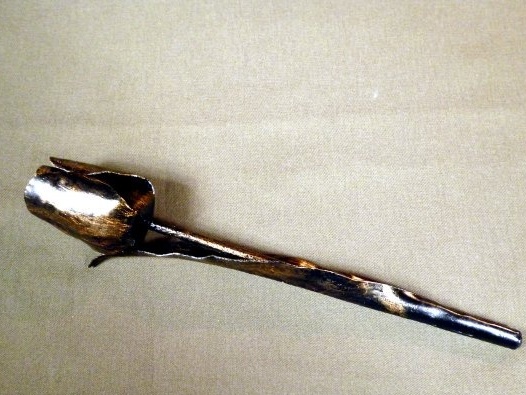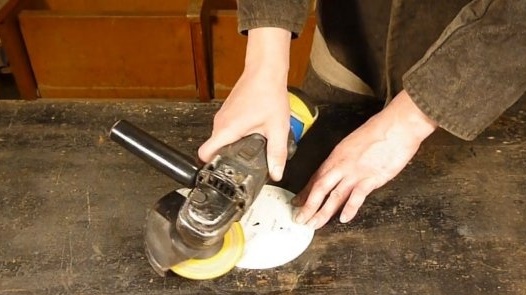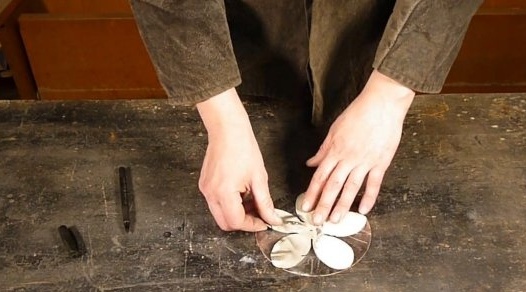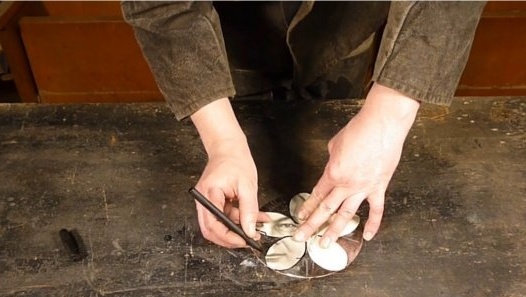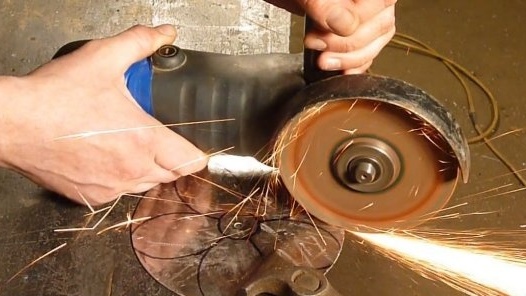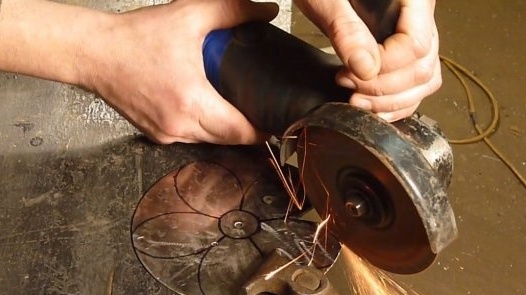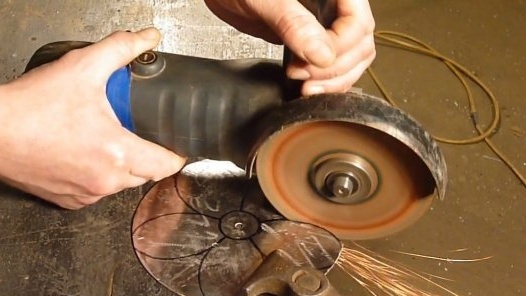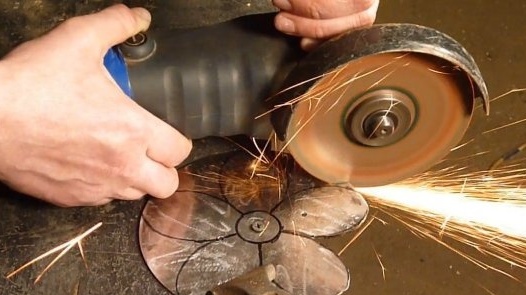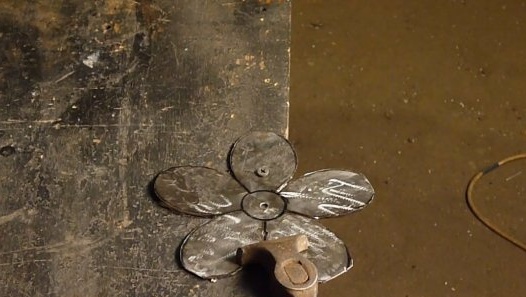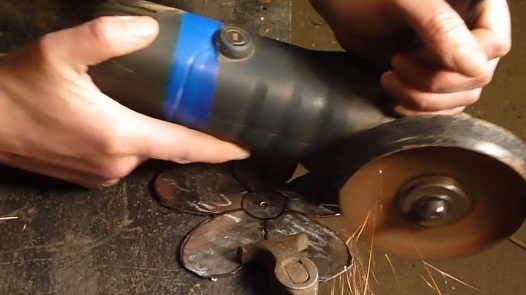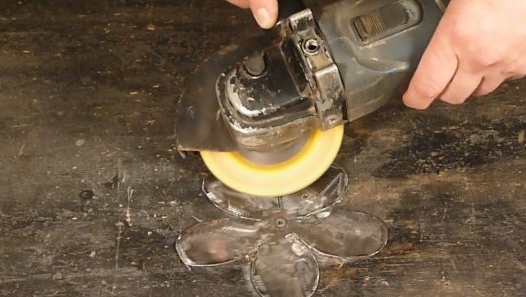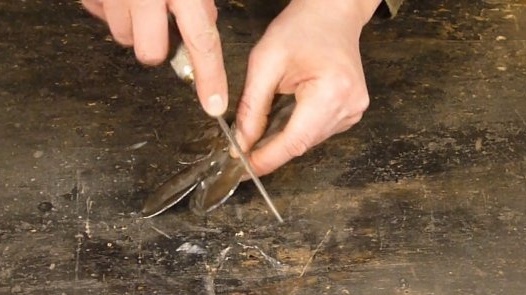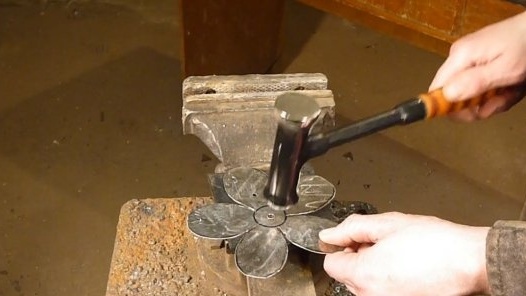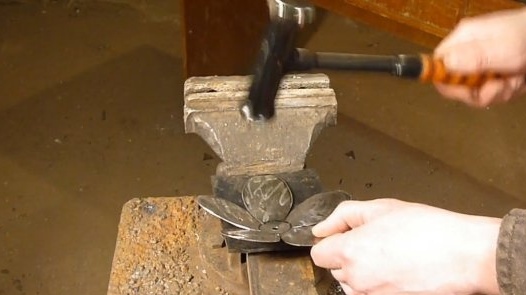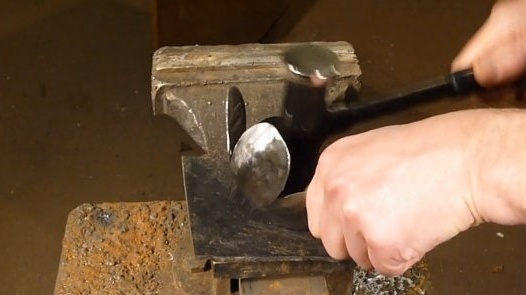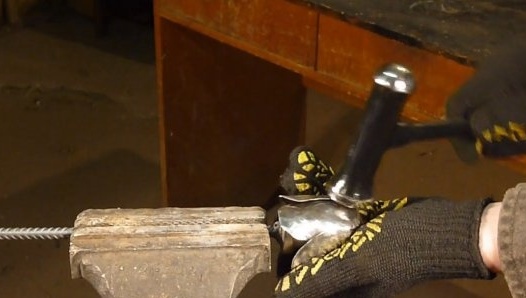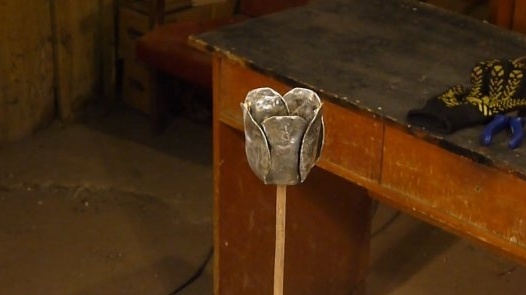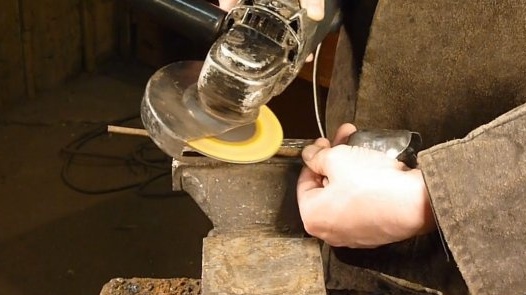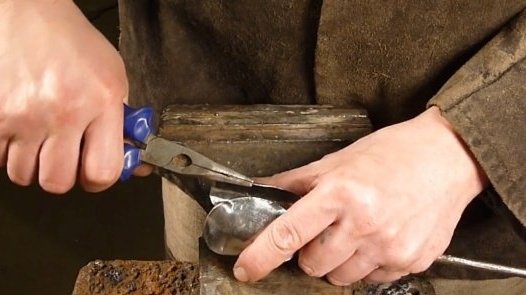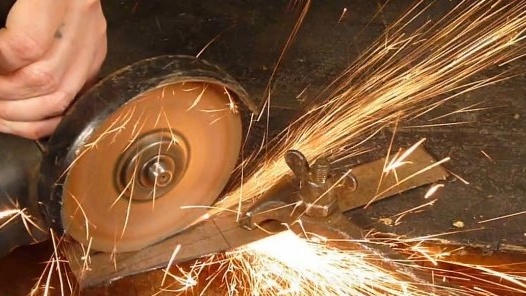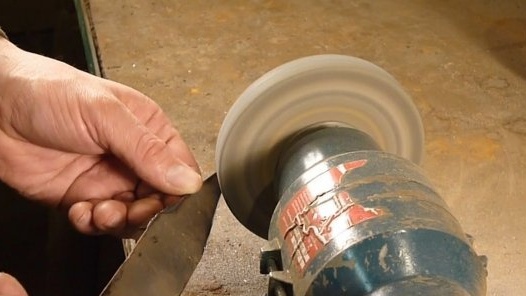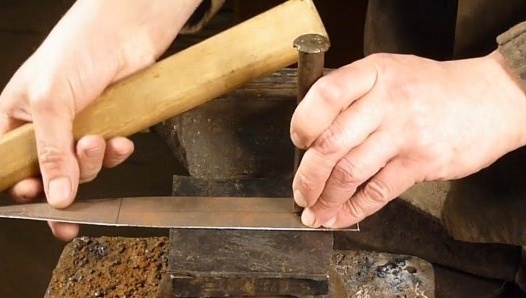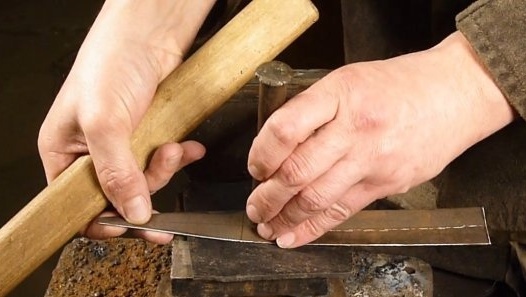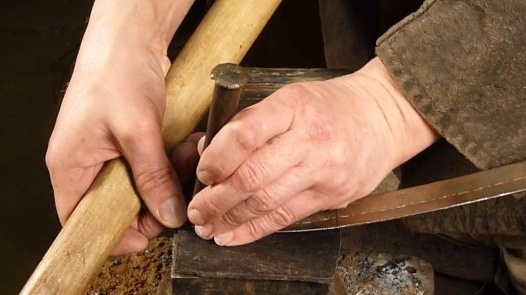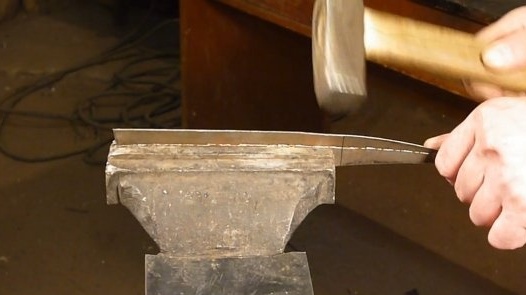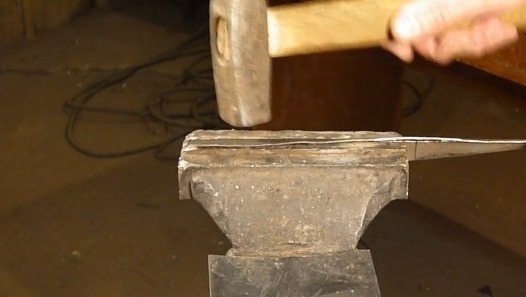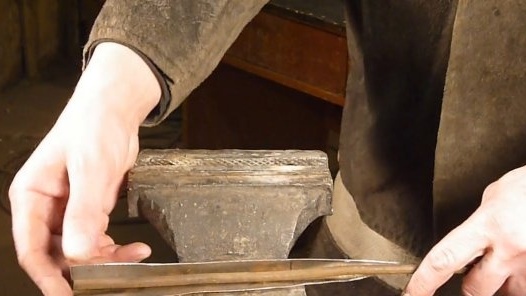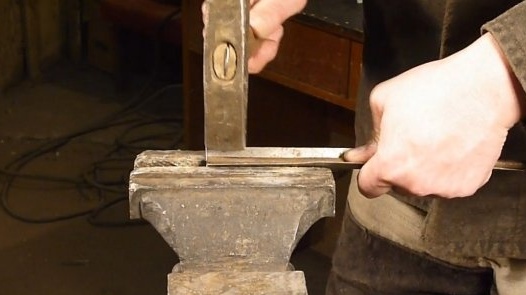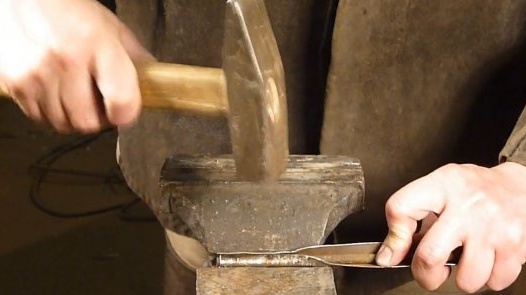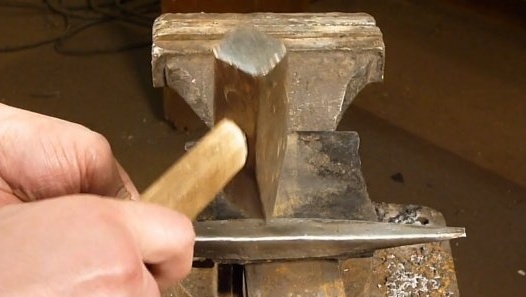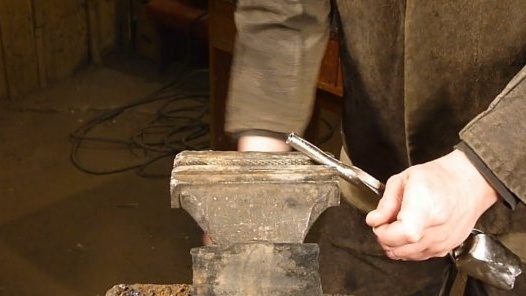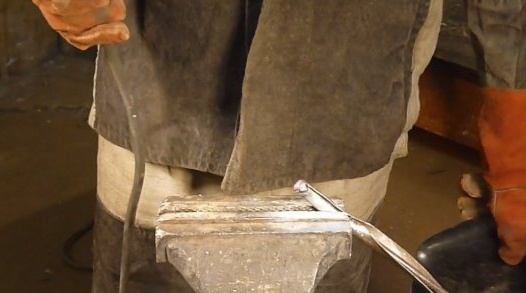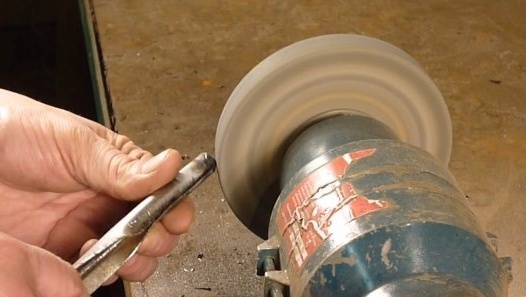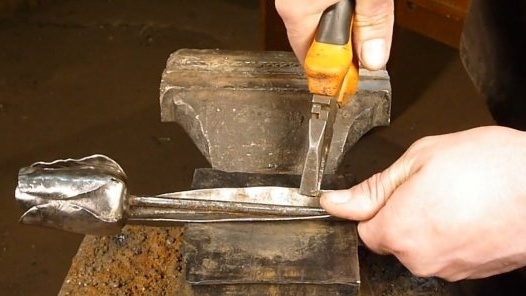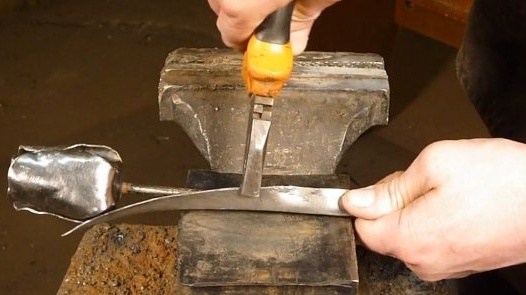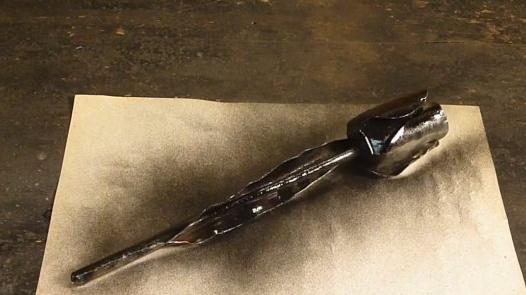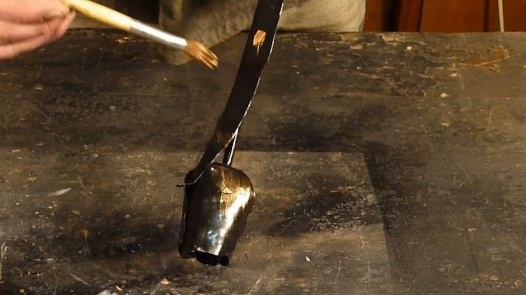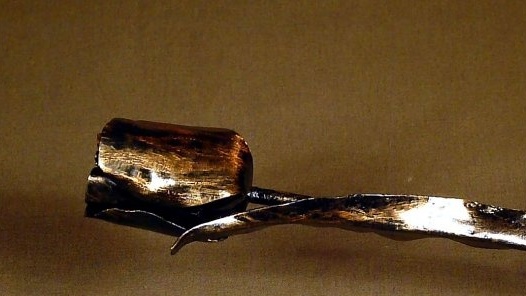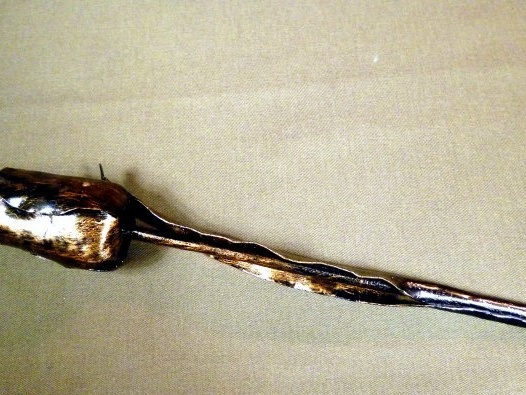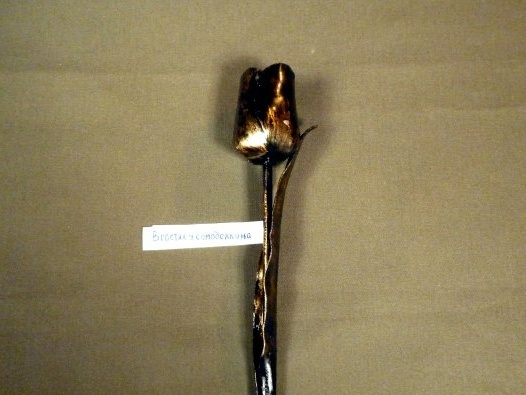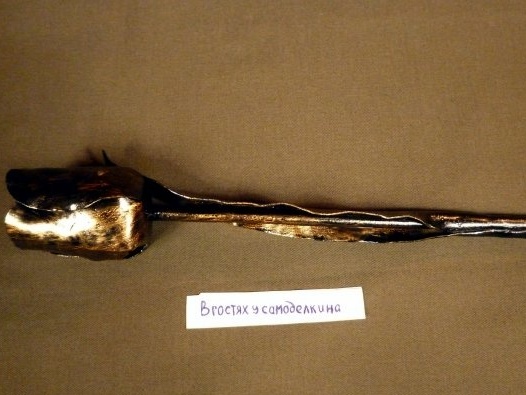Greetings to all lovers of crafting something from nothing.
We decided to try our hand at art forging, even rather not at forging but in the art of bending metal. Let's make a metal tulip. The work is new for us, so do not judge strictly.
Tulip Making Video
Tools needed.
1. Welding inverter.
2. Angle grinder.
3. Sharpening machine.
4. Needle files.
5. The hammer is straightening.
6. The hammer is metalwork.
7. Pliers.
8. Round-nose pliers.
9. The clamp.
10. Vise.
11. Chisel.
Materials required.
1. Sheet metal 0.8 mm thick.
2. Metal bar Ø 6 mm.
3. Paint.
We will make the petals and the leaf of the tulip 0.8 mm in metal.
First, cut a circle Ø 100-110 mm. We were a little lucky, an old, broken pressure gauge was found in the workshop and it was not necessary to cut out the circle, we only had to clear the scale of the pressure gauge from the paint.
To mark the tulip petals, it is better to first make a template out of paper and then transfer the drawing to metal.
We fix the workpiece to the table with a clamp and cut the petals with a grinder.
We clean barbs with a petal circle and a file.
Next, we need a straightening hammer and sheet rubber.
We put the workpiece on the rubber and with the blows of a round hammer head bend the petals to form a flower.
Next, we needed to make a very specific deviceI don’t even know how to call him.
In general, a spherical piece of iron was welded to the fixture, clamped in a vice and continued to form a tulip on it.
For the stem of the tulip we use a metal bar Ø 6 mm.
We weld the resulting flower to a section of the bar and clean it with a petal circle.
Using pliers and pliers, bend the edges of the petals, trying to give them a natural look.
Now we cut out the leaf aphid of our tulip from the metal trim and clean the edges on the grinding machine.
We mark and pierce the central strip of the future sheet with a chisel.
We fasten the workpiece in a vise and bend it.
Bend the bottom of the sheet around the bar.
We put the sheet on the rubber and with the blows of the hammer we stretch the edge, thereby bending the sheet in the right direction.
We weld the sheet to the stem and clean the welding seam.
With pliers we bend the edges of the leaf, achieving the same natural appearance.
Of course, you can paint a tulip in more cheerful colors, but in your hand only black and bronze colors are at hand.
I can’t say that the first experiment was 100% successful, but something happened.
All good and good luck in work.


